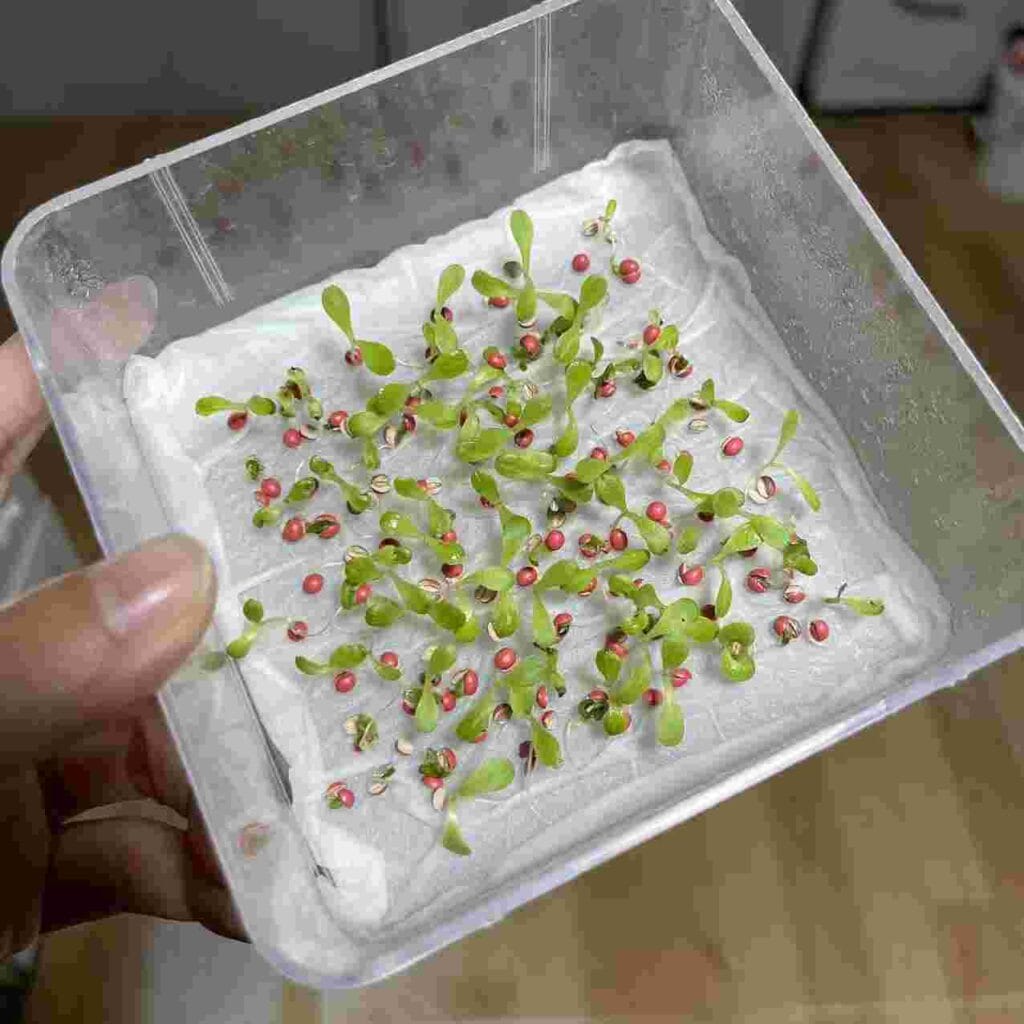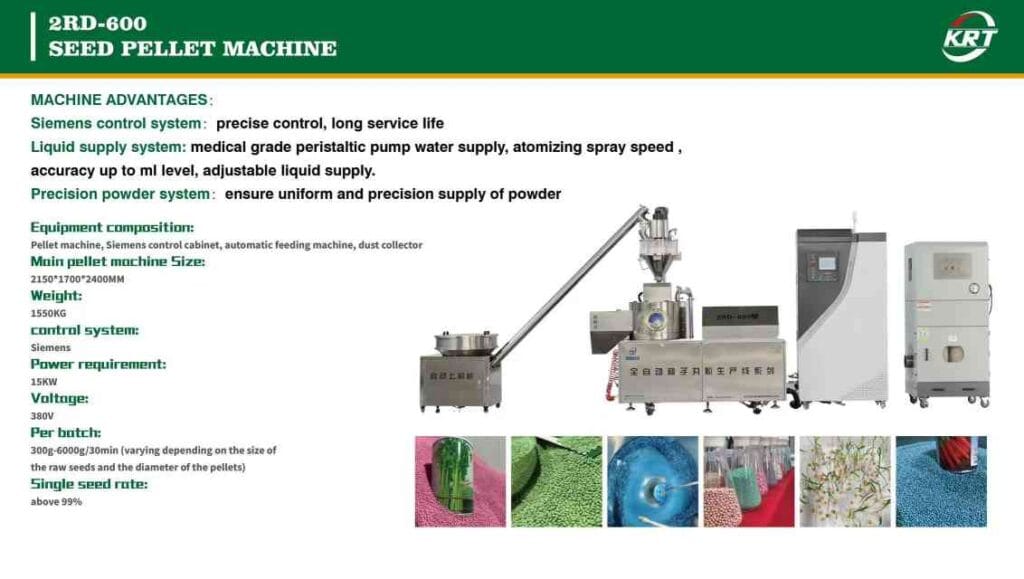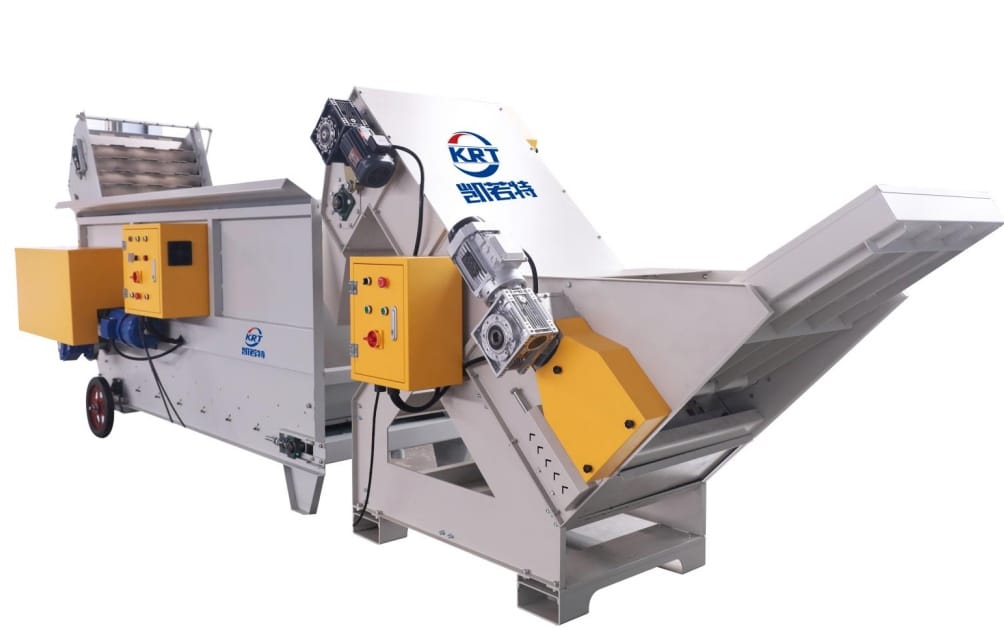In the development process of modern agriculture, if you are a grower and still encounter poor sowing results, you really need to know about seed pellet machines. Under the traditional sowing mode, small-sized, light-weight, and irregularly-shaped seeds (such as vegetable, flower, and medicinal plant seeds) often face problems such as uneven sowing, inconsistent depth, and vulnerability to pests and diseases. This not only increases labor costs but also severely restricts the efficiency of agricultural production and the improvement of crop quality. The emergence of seed pelletizing machines has completely changed this situation and has become a key device for promoting precision and efficient agriculture. Its numerous advantages are profoundly reshaping the operation mode of seed processing and sowing.

Today, we mainly talk about the advantages of seed pellet machines in optimizing seed morphology.
Many crop seeds are too small (such as celery and lettuce seeds), too light (such as tobacco and rape seeds), or have irregular shapes (such as some medicinal plant seeds). In traditional manual sowing or ordinary mechanical sowing, it is very easy to have problems such as “missed sowing”, “double sowing”, “overcrowded or sparse sowing”. Seed pelletizing machines can wrap these difficult-to-sow seeds in a “pellet coating” composed of clay, peat, slow-release fertilizer, pesticides, and growth regulators, turning the originally tiny seeds into pellets of uniform size, regular shape (mostly round or oval), and appropriate specific gravity. The treated seeds have greatly improved fluidity and can be perfectly adapted to various precision seeders. Whether it is tray seedling raising or direct sowing in the field, “one seed per hole” precise sowing can be achieved, completely solving the industry pain point of “difficult to sow and difficult to control” for small seeds, laying a solid foundation for the uniformity of subsequent crop growth.

To make your sowing easier, the seed pelletizing machine is your good helper.

